A team of engineers at the University of Arizona has an ambitious concept for a motorless sailplane that may soar above the Martian surface. They want to go higher.
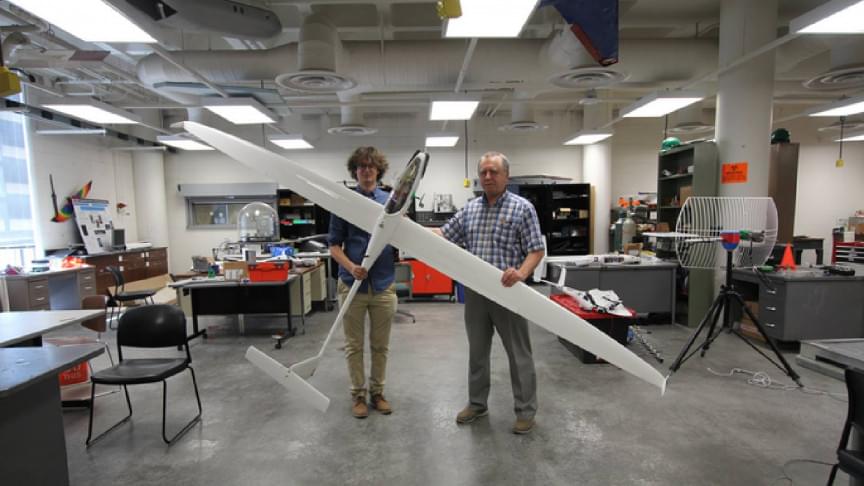


For the first time, the immersive AR experience surpasses the physical by offering the contextuality that consumers need. They can see the end outcome of the purchase decision before even making the decision — the experience of seeing the couch in the context of their space is transformed — giving them more confidence in their decision.
AR and its effects on consumer psychology
AR is not taking a share of the digital pie as we know it today, but instead increasing the overall size of the pie. There are 100 million consumers shopping with AR online and in stores today. This powerful technology fundamentally changes consumer psychology in three distinct ways: changing the ecommerce model from a push to a pull experience, giving consumers new confidence in their purchases; driving conversion by giving consumers visual context before buying; and giving consumers a new way of experiencing in-person shopping.
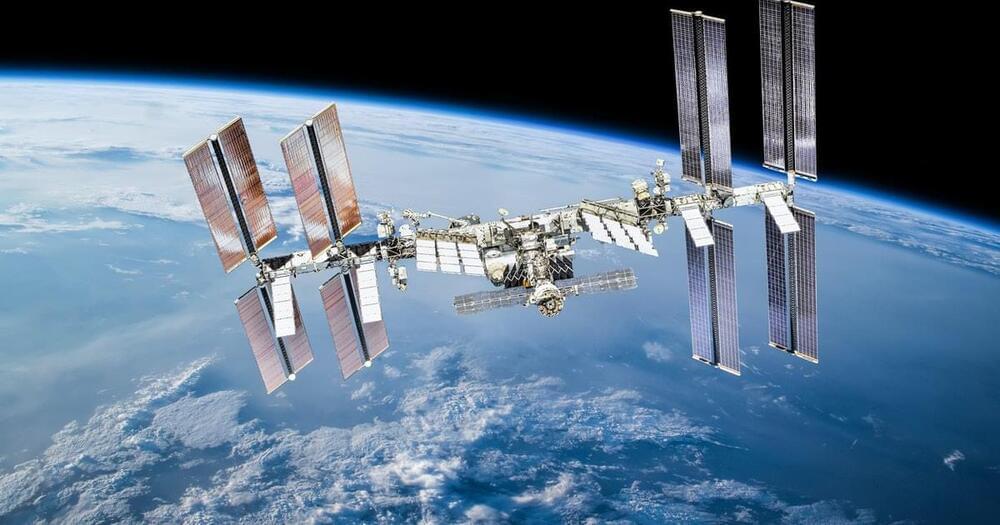
NORTHRUP GRUMMAN’S CYGNUS cargo spacecraft conducted a successful reboost of the International Space Station on Saturday, June 25, 2022.
“This Cygnus mission is the first to feature this enhanced capability as a standard service for NASA.”
Cygnus had been docked to the ISS since February and now has departed, leaving on June 28.
Back in 2018, the ninth Cygnus resupply mission conducted a test of the reboost capability by conducting a short 50-second burn of its main engine, raising the Station’s altitude by 90 meters (295 feet).
IKEA, the world’s largest furniture retailer, has announced plans to sell home solar panels in the US — a move that could democratize and demystify access to solar.
Solar hesitancy: The benefits of solar go beyond protecting the environment — solar panels are cheaper than ever, and between the lower energy bills and government subsidies, a home solar system could pay for itself before the panels need to be replaced.
Despite that, only 3.2% of single-family detached homes have solar panels, according to the National Renewable Energy Laboratory.
A look at advanced means of altering or controlling the planet’s climate and geography, drawing on concepts proposed for terraforming other planets. We look at existing and proposed ideas of controlling the weather, creating artificial islands or mountain ranges, using orbital mirrors and shades, and many other concepts.
Visit our Website: http://www.isaacarthur.net.
Join the Facebook Group: https://www.facebook.com/groups/1583992725237264/
Support the Channel on Patreon: https://www.patreon.com/IsaacArthur.
Visit the sub-reddit: https://www.reddit.com/r/IsaacArthur/
Listen or Download the audio of this episode from Soundcloud: https://soundcloud.com/isaac-arthur-148927746/weather-control.
Cover Art by Jakub Grygier: https://www.artstation.com/artist/jakub_grygier
Force fields are a staple of science fiction, but usually regarded as only science fiction, not science fact. Today we’ll examine the notion and see what options we might have inside known science, as well as what alternatives might achieve similar effects.
See Hydrodynamic levitation at Cody’s Lab:
Visit our Website: http://www.isaacarthur.net.
Join the Facebook Group: https://www.facebook.com/groups/1583992725237264/
Support the Channel on Patreon: https://www.patreon.com/IsaacArthur.
Visit the sub-reddit: https://www.reddit.com/r/IsaacArthur/
Listen or Download the audio of this episode from Soundcloud: https://soundcloud.com/isaac-arthur-148927746/force-fields.
Cover Art by Jakub Grygier: https://www.artstation.com/artist/jakub_grygier.
Graphics Team:
Edward Nardella.
Jarred Eagley.
Justin Dixon.
Katie Byrne.
Misho Yordanov.
Murat Mamkegh.
Pierre Demet.
Sergio Botero.
Stefan Blandin.
Script Editing:
Andy Popescu.
Connor Hogan.
Edward Nardella.
Eustratius Graham.
Gregory Leal.
Jefferson Eagley.
Luca de Rosa.
Michael Gusevsky.
Mitch Armstrong.
MolbOrg.
Naomi Kern.
Philip Baldock.
Sigmund Kopperud.
Steve Cardon.
Tiffany Penner.
Music.
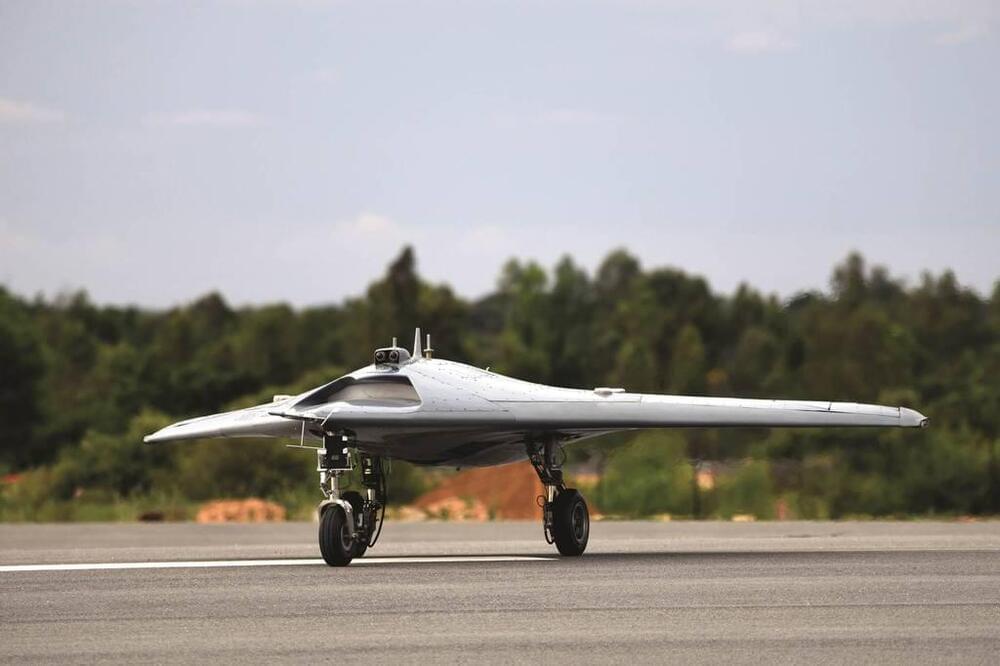
A scientist with the Aeronautical Development Establishment told Defense News that the flight test of the aircraft — also referred to as the Stealth Wing Flying Testbed, or SWiFT — took place to demonstrate its of ability to take off, climb in altitude, cruise midair, navigate to waypoints, descend and land autonomously.
He noted that the next step is to develop a proven autonomous combat surveillance platform. The scientist spoke on the condition of anonymity because he was not authorized to speak to the media.
The 1-ton SWiFT platform is powered by a Russian NPO Saturn 36MT turbofan engine. The platform had completed taxi trials in September 2021.

It may seem like technology advances year after year, as if by magic. But behind every incremental improvement and breakthrough revolution is a team of scientists and engineers hard at work.
UC Santa Barbara Professor Ben Mazin is developing precision optical sensors for telescopes and observatories. In a paper published in Physical Review Letters, he and his team improved the spectra resolution of their superconducting sensor, a major step in their ultimate goal: analyzing the composition of exoplanets.
“We were able to roughly double the spectral resolving power of our detectors,” said first author Nicholas Zobrist, a doctoral student in the Mazin Lab.
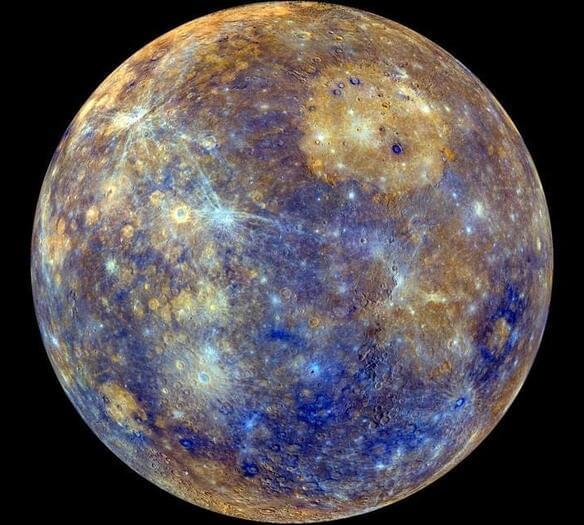
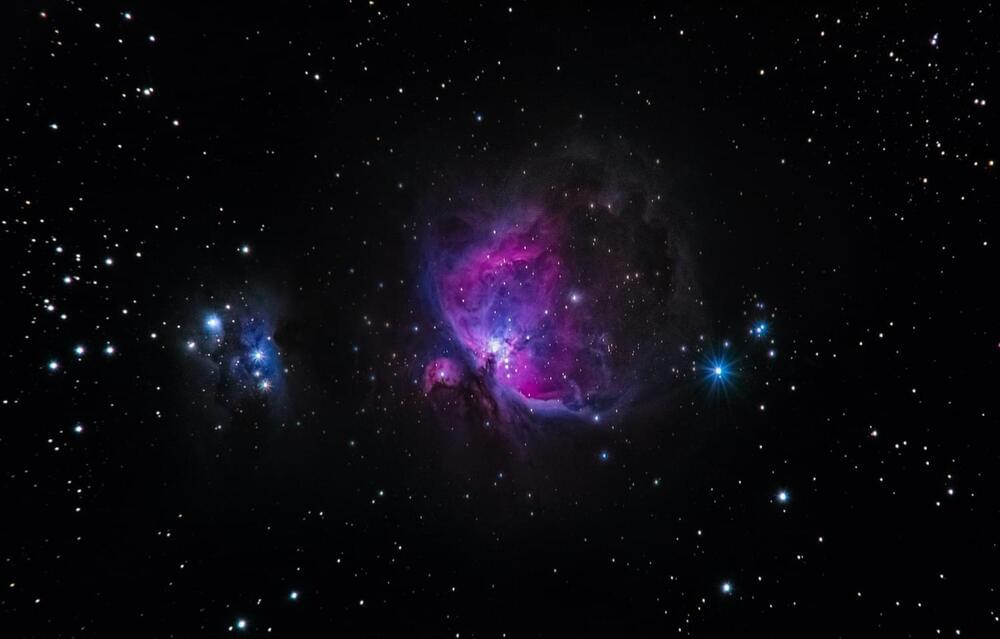
Using the Victor M. Blanco Telescope, Donatiello captured minute glimpses of the galaxy in Chile, particularly at the Cerro Tololo Inter-American Observatory.
At the time, David Martinez-Delgado, another astronomer from Spain’s Instituto de Astrofisica de Andalucia, was conducting separate research regarding the lingering galaxies around Andromeda.
Upon learning the existence of the fossil galaxy, the scientists propose an argument that this could be a speck of an ancient galaxy. Its stars are said to be a former part of it.